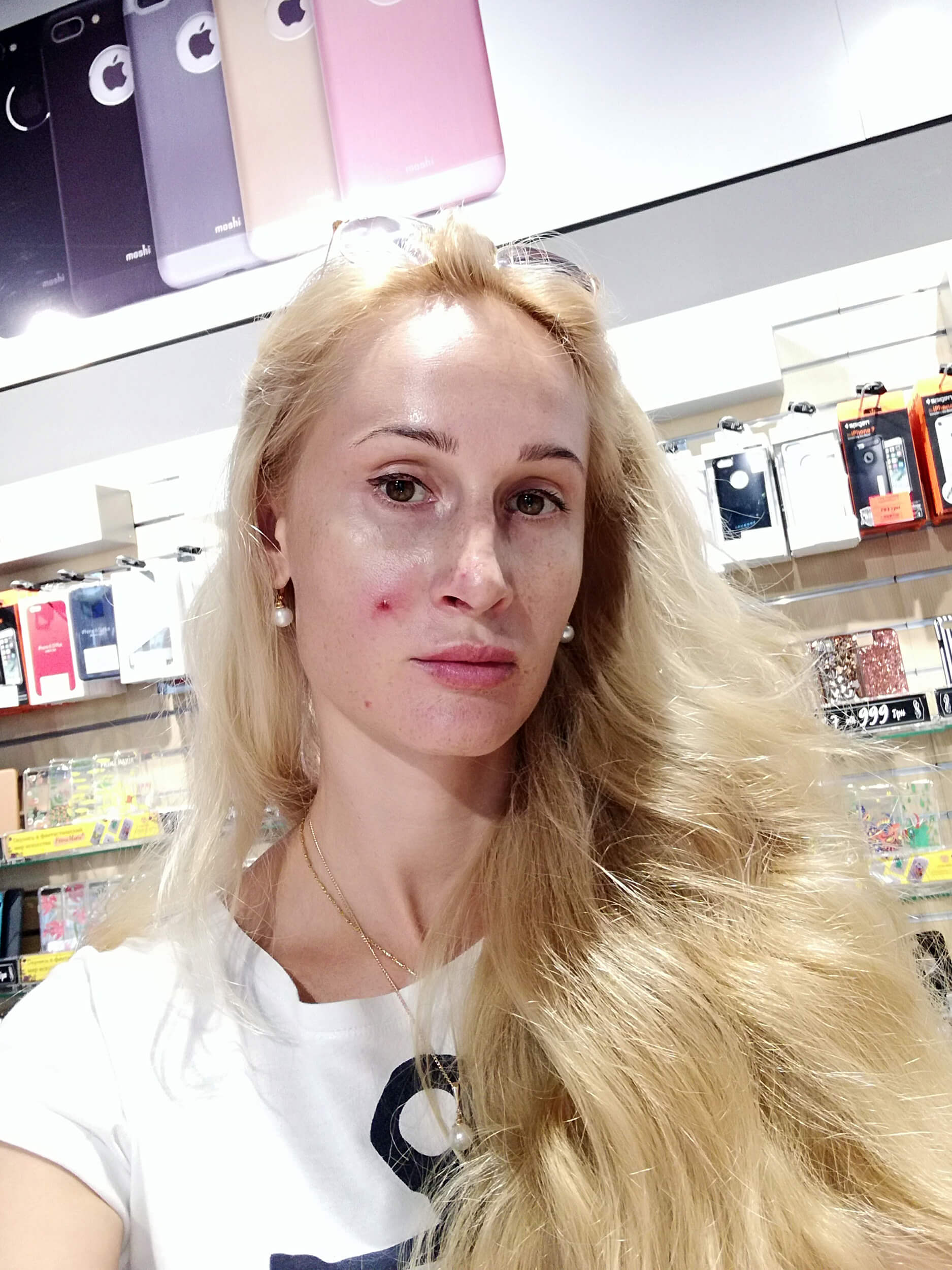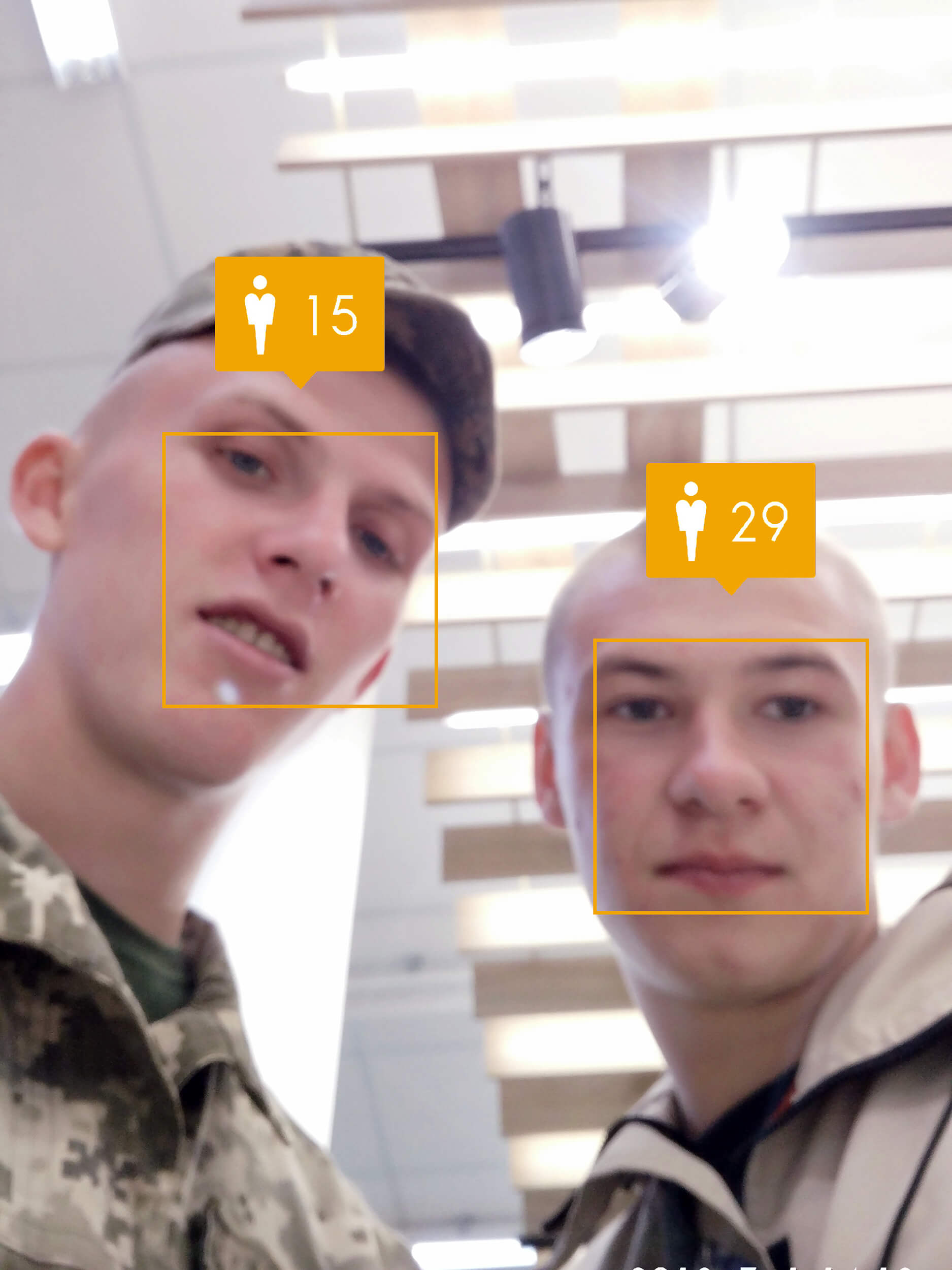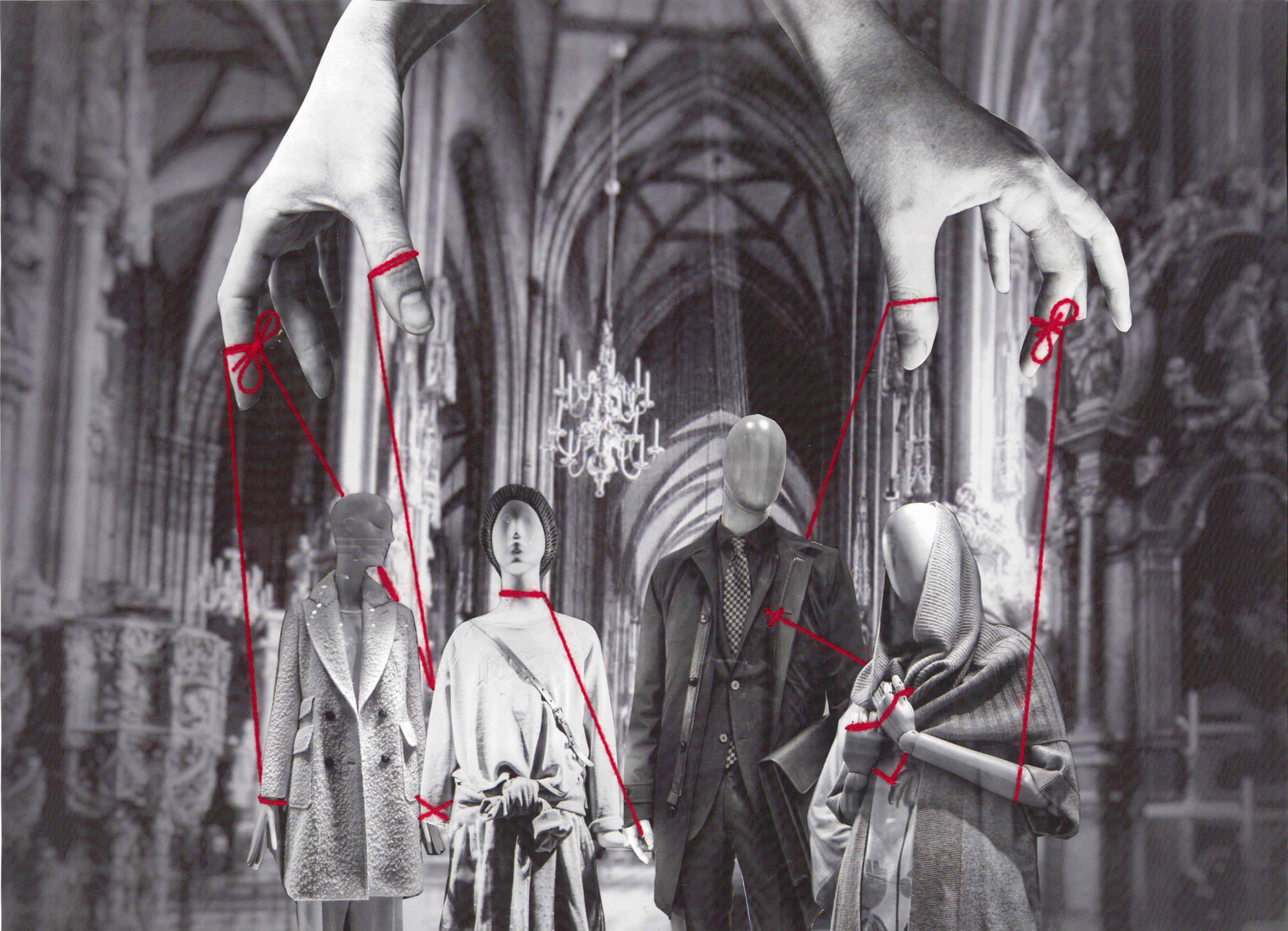
Leave It Be — Let’s Go: Selfies from the Smartphones on Shop Displays
May 2018 saw the introduction of the General Data Protection Regulation that limited persons’ and business entities’ right to store EU citizens’ personal data without their consent. The Regulation is also compulsory for people in non-EU countries if their work involves accessing the Europeans’ personal data.
Sensitive data — including ethnicity, sexual orientation, health condition, criminal record, political convictions, as well as genetic and biometric data — are subject to special protection.

A photographer and documentary filmmaker, he made a debut last year with his first feature film — The Diviners.
— This photo series emerged from the contradiction between their authors’ wish to remain in the memory of a smartphone on the shop display and the realization that those photos are bound to end up in the digital trash bin.
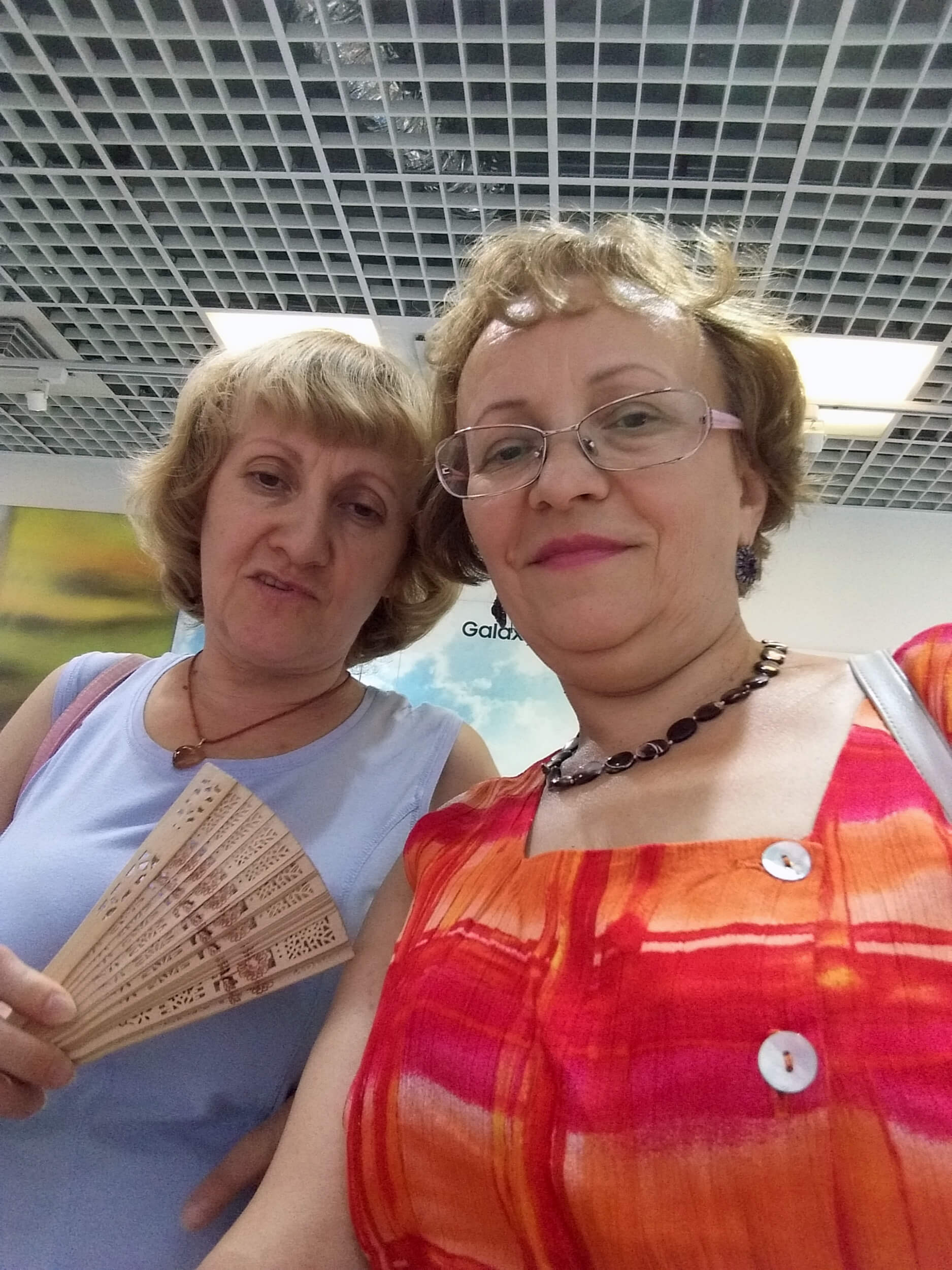




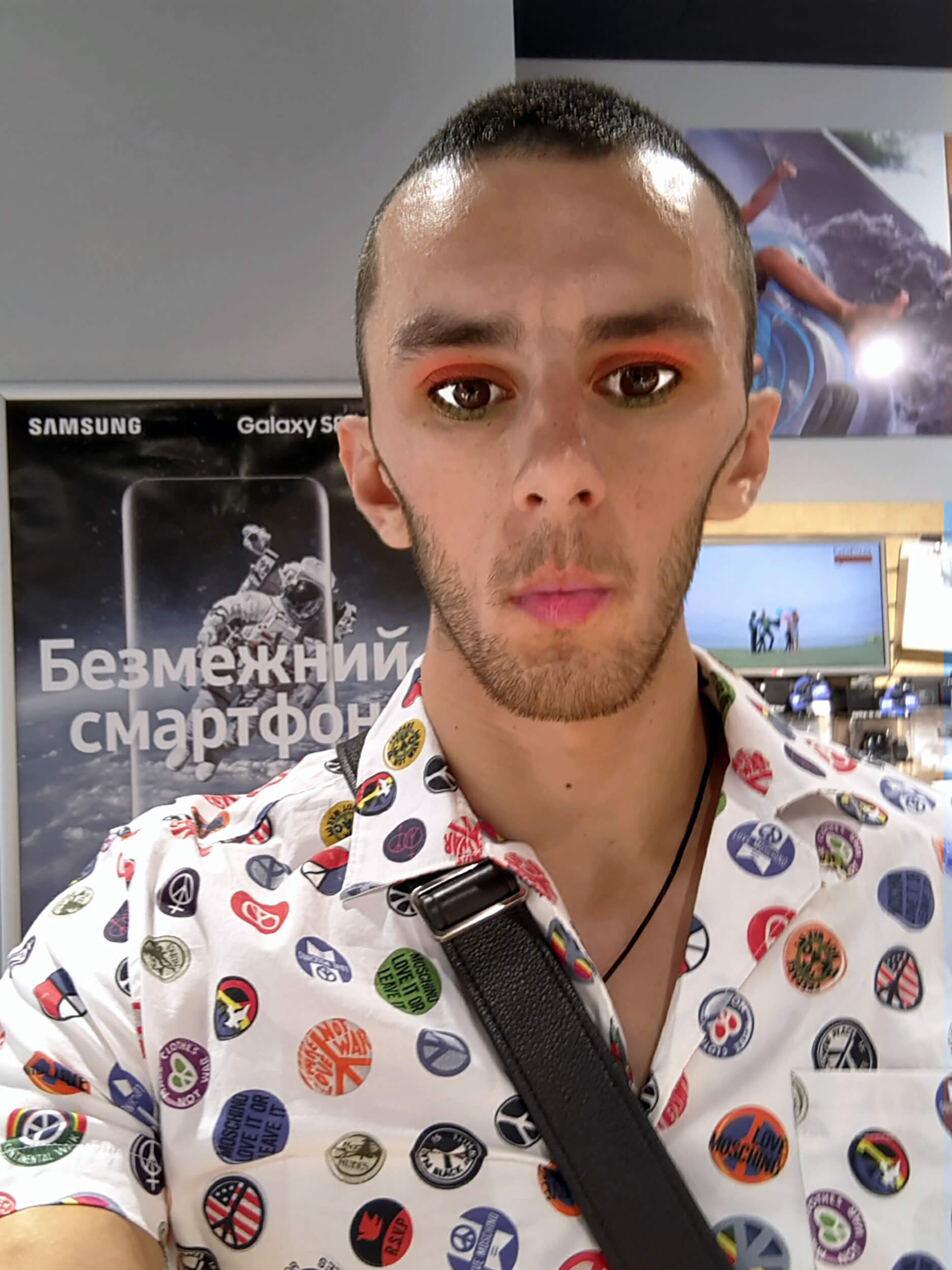

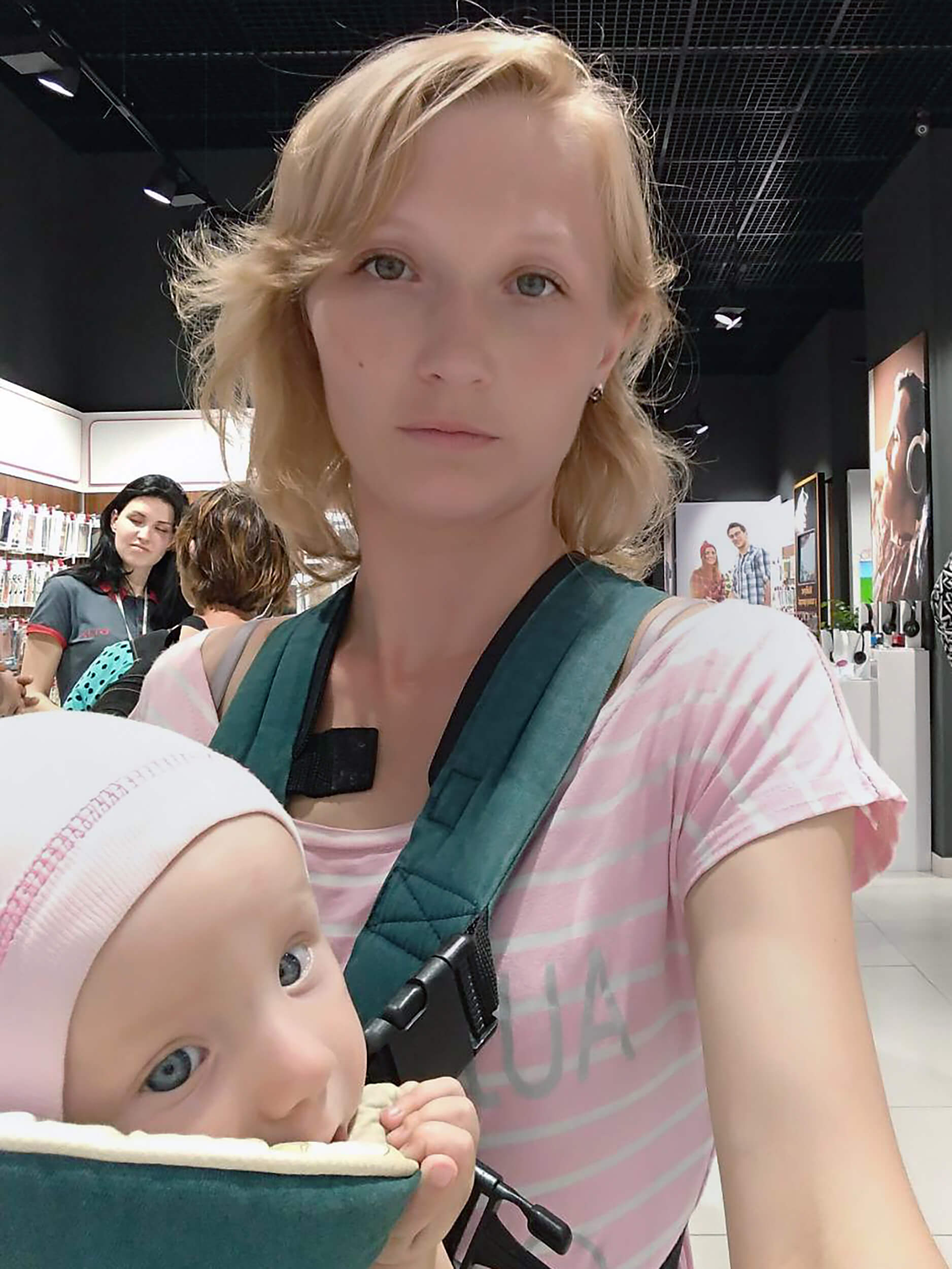







I got the idea in the summer of 2017. I was about to photograph preparations for the Independence Day parade on Khreshchatyk Street, when it started raining, and I had to take shelter in a mobile device retailer’s outlet. Waiting through the rain, I started fiddling with smartphones on displays and swiping through photo galleries to see what was there. While at it, I downloaded a few of the photos I saw there via Bluetooth.
Over the past three years, I have accumulated 6,000 photos from Kyiv, Cherkasy, Lysychansk, Odesa, Chernivtsi, Uzhhorod, and Lviv. The shop assistants were cool with that — they let me do whatever I wanted with the pics. Those images are legally owned by nobody and can be considered public. Usually, people take those selfies to check out the quality of the smartphone’s front camera without a second thought about what would happen to the photos.
Over the past three years, I have accumulated 6,000 photos.
With this project, I aim to blur the line between privacy and publicity. Putting personal data protection in an absurd light, I wanted the viewers to realize how unprotected their personal data can be with reference to the recently-adopted GDPR while remaining within the scope of the law.



